4 Nights / 5 Days

Airfare.
Travel Insurance.
Entrance Fees, video camera charges , permits during sightseeing.
Any sightseeing or excursion that is not mentioned in the itinerary.
Personal expenses such as laundry, telephone calls, tips, porter-age
etc.
Any other feature which is not mentioned in the "Cost includes"
column.
Additional sightseeing or extra usage of vehicle other than mentioned in the itinerary.
Any cost arising due to natural calamities likelandslides, road
blockage, political disturbances (strikes) etc to be borne by the client
directly .
Government service tax @ 5%.
Paro is one of the most spectacular of entire Himalayas. Whether flying along the Himalayan range from Kathmandu or over the foothills, each flight is a mesmerizing feat and offers exciting descent into the Kingdom. On arrival at the airport meet our representative and transfer to Thimphu, the modern capital town of Bhutan. Overnight at the hotel in Thimphu.
After breakfast proceeds on to visit Thimphu valley. Visit Tashichho Dzong, the beautiful medieval fortress/monastery which houses most of the Government's office and King's Throne room it is also the summer residence of Je Khenpo, the Chief Abbot. Then visit the National Library which has a vast collection of ancient Buddhist texts and manuscripts.
Tashichho Dzong - Tashichhodzong is a Buddhist monastery and fortress on the northern edge of the city of Thimphu in Bhutan, on the western bank of the Wang Chu. It has traditionally been the seat of the Druk Desi (or "Dharma Raja"), the head of Bhutan's civil government, an office which has been combined with the kingship since the creation of the monarchy in 1907, and summer capital of the country.
The National Library - (NLB) of Bhutan was first established in 1967 under the patronage of HM Queen Ashi Phuntso Choden (1911–2003), with a small collection of precious texts. The library was initially housed within the central tower (utse) of Tashichhodzong. Later, due to its growing collection, it had to move to a building in the Changgangkha area of Thimphu.
After that drive to Arts & Crafts School, famous for traditional thangkha paintings. Here you will see, students at work producing an intricate design on cloth. Later visit Textile and Folk Heritage Museums, a fascinating testimony of the Bhutanese material culture and living traditions.
Folk Heritage Museum - The Folk Heritage Museum or Phelchey Toenkhyim is a museum in Thimphu, Thimphu District, Bhutan. The museum was opened on 28 July 2001 from the initiative of founder Queen Mother Ashi Dorji Wangmo Wangchuck. The museums display various materials related to the Bhutanese culture and way of life. Exhibitions include rural household’s artifacts, equipment, objects, and tools.
After lunch visits Handicrafts Emporium which displays a wide assortment of beautifully hand-woven and crafted products. Then drive to Memorial Chorten.
Memorial Chorten - This stupa, which is predominantly white with spires of gold, was erected in 1974 in honor of the father of modern Bhutan, the third king of the country, His Majesty Jiqme Dorji Wangchuck. The Memorial Stupa, Thimphu, also known as the Thimphu Chorten, is a stupa in Thimphu, Bhutan, located on Doeboom Lam in the southern-central part of the city near the main roundabout and Indian military hospital with its prominent landmark in the city of golden spires and bells. It is popularly known as "the most visible religious landmark in Bhutan".
Late afternoon drive to Punakha across Dochula passes (3,080m). Overnight at the hotel in Punakha.
After breakfast visit Punakha Dzong -
Punakha Dzong - Built strategically at the junction of Pho Chhu and Mo Chhu rivers in 1637 by Shabdrung Ngawang Namgyal to serve as the religious and administrative center of the region, Punakha Dzong has played an important role in Bhutan's history. Damaged by four catastrophic fires and an earthquake, the Dzong has now been fully restored.
Then drive to Wangdiphodrang visiting Dzong and local market. The district of Wangdiphodrang is also famous for its bamboo products, slate and stone carvings.
Wangdiphodrang - A large village, Wangdiphodrang is home to many traditional Bhutanese houses and has a unique, ramshackle feel to it. The dzong here dominates the town which overlooks the confluence of two rivers. The town shares its name with the dzong built in 1638 that dominates the district. The name is said to have been given by Ngawang Namgyal, the 1st Zhabdrung Rinpoche.
After lunch drive to Paro with a short stop at Dochula pass. En route visit Simtokha Dzong, the oldest fortress of the Kingdom built in 1627, it now houses the School for Buddhist studies.
Dochula Pass—a beautiful mountain pass, which is about 20 km from Thimphu is a concentration of 108 memorial stupas known as “Druk Wangyal Chortens.” It’s not just a place of historical and religious importance, but also a popular tourist attraction that any traveler would want to witness on their journey through Bhutan. The best time to visit Dochula Pass, Bhutan is from September to February for picturesque and closer views of the snow-laden Himalayas. The weather at the pass generally remains foggy and chilly.
Simtokha Dzong - Also known as Sangak Zabdhon Phodrang (Bhutanese language meaning: "Palace of the Profound Meaning of Secret Mantras") is a small dzong. It was built in 1629 by Zhabdrung Ngawang Namgyal, who unified Bhutan. The dzong is at strategic security location on a prominent ridge vis-a-vis the Thimpu valley and approach roads to the Dochu La and eastern Bhutan.
Overnight at the hotel in Paro.
After breakfast take an excursion to Taktsang Monastery –
Taktsang Monastery - The most famous of Bhutanese monasteries. It is said that Guru Rinpoche arrived here on the back of a tigress and meditated at this monastery hence it is called "Tiger's Nest". The excursion to the monastery takes about 5 hours for a round trip.
Afternoon visit Ta Dzong - The National Museum of the Kingdom. Originally built as Watch Tower since 1967 it is acting as the National Museum of the country and holding a fascinating collection of art, artifacts, thangkha paintings, and Bhutan's exquisite postage stamps.
Then walk down the trail to visit Rinpung Dzong which has a long and fascinating history.
Rinpung Dzong - Is a large dzong - Buddhist monastery and fortress - of the Drukpa Lineage of the Kagyu School in Paro District, Bhutan. It houses the district Monastic Body and government administrative offices of Paro Dzongkhag. It is listed as a tentative site in Bhutan's Tentative List for UNESCO inclusion. In the 15th century, local people offered the crag of Hungrel at Paro to Lama Drung Drung Gyal, a descendant of Pajo Drugom Zhigpo. Drung Gyal built a small temple there and later a five-storied Dzong or fortress which was known as Hungrel Dzong.
Overnight at the hotel in Paro.
After breakfast drive to the airport for flight to onward destination.
To travel is to live, and so we believe in at Swan Tours, We complete 20 successful years in the travel industry specializing in offering travel services - both domestic and international, to a wide spectrum of satisfied and repeat guests. Read More...
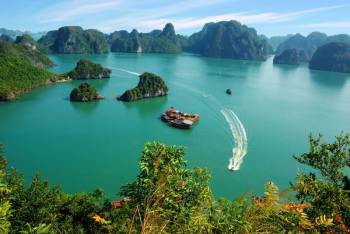 6D/5N
6D/5N
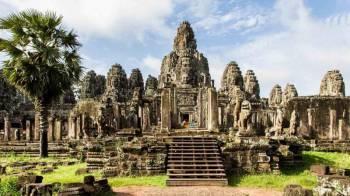 6D/5N
6D/5N
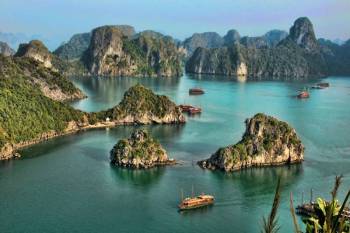 5D/4N
5D/4N
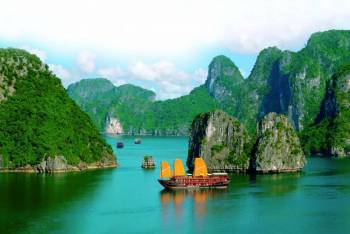 4D/3N
4D/3N
 7D/6N
7D/6N
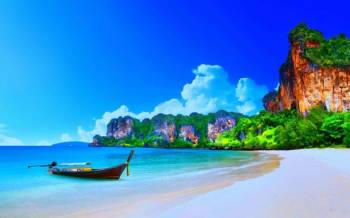 6D/5N
6D/5N
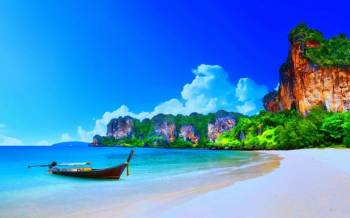 5D/4N
5D/4N
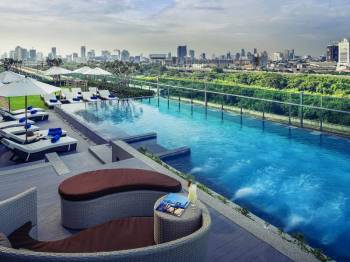 3D/2N
3D/2N
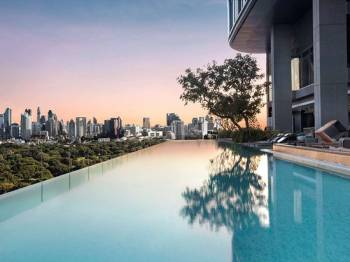 3D/2N
3D/2N
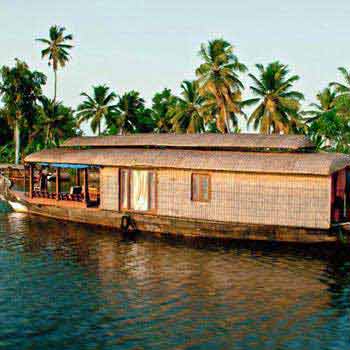 5D/4N
5D/4N
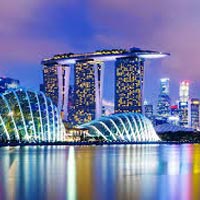 5D/4N
5D/4N
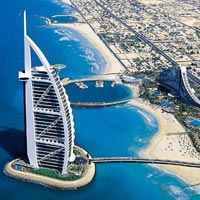 5D/4N
5D/4N
 5D/4N
5D/4N
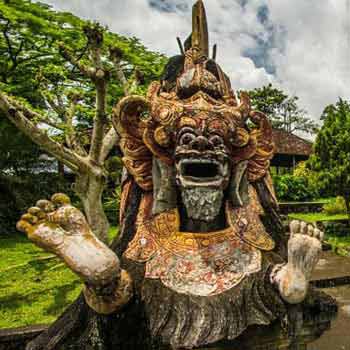 5D/4N
5D/4N
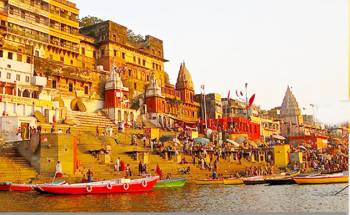 5D/4N
5D/4N
 5D/4N
5D/4N
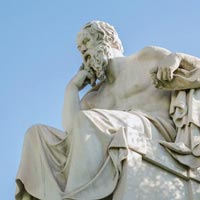 5D/4N
5D/4N
 5D/4N
5D/4N
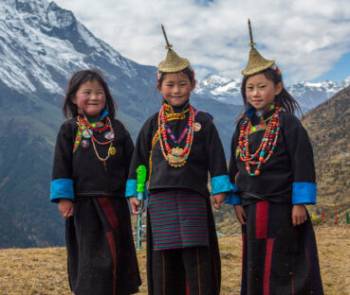 5D/4N
5D/4N
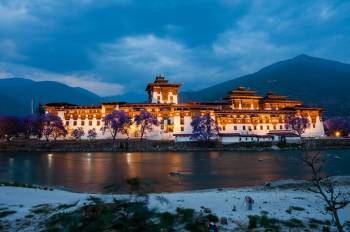 7D/6N
7D/6N
6 Nights/ 7 Days - Bhutan Happiness Tour
Punakha - Bumthang - Paro - Thimphu - Phobjik
 20D/19N
20D/19N
20 Days Land Package Country Tour BHUTAN..
Punakha - Paro - Phuntsholing - Bagdogra - Bumthang - Mongar - Trashigang - Trongsa..
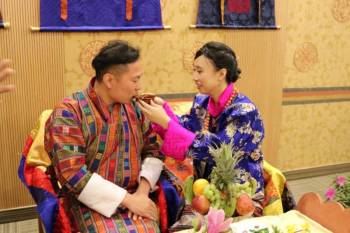 4D/3N
4D/3N
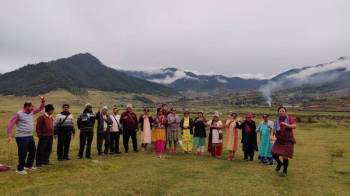 6D/5N
6D/5N
 7D/6N
7D/6N
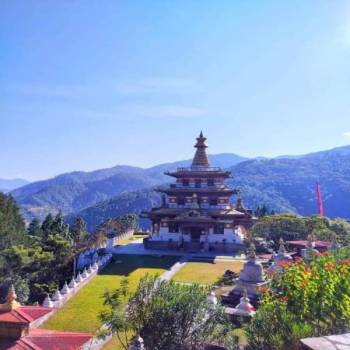 7D/6N
7D/6N
Rimso 7 Days 6 Nights Bountiful Tour fo..
Thimphu - Punakha - Paro - Phuentsholing
 7D/6N
7D/6N
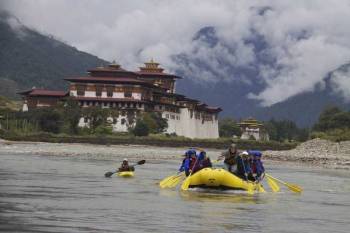 7D/6N
7D/6N